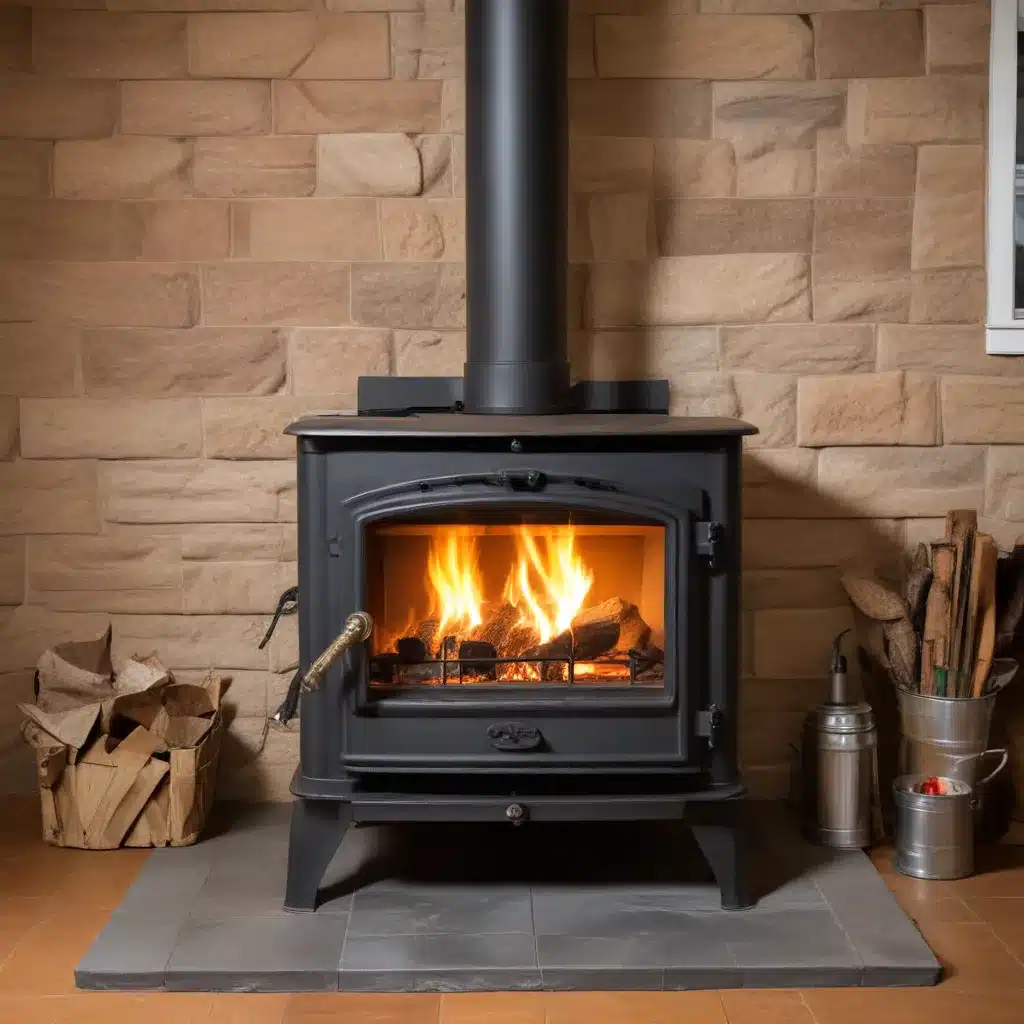
The Changing Landscape of Wood Stove Regulations
Over the past several decades, the wood stove industry has undergone a remarkable transformation driven by increasingly stringent emissions standards set forth by the Environmental Protection Agency (EPA). As environmental concerns have taken center stage, wood stove manufacturers have been tasked with developing cleaner, more efficient heating solutions to mitigate the impact of wood smoke on air quality. This article will explore the history of wood stove emissions regulations, the implications of the latest standards, and practical strategies for homeowners and heating professionals to navigate this evolving landscape.
The Evolution of Wood Stove Emissions Standards
The push for tighter wood stove emissions regulations can be traced back to the 1980s, when the EPA first began scrutinizing the impact of wood smoke on air quality. Prior to this, wood stoves were largely unregulated, leading to the proliferation of models that burned inefficiently and produced significant amounts of particulate matter (PM) and other harmful pollutants.
In 1988, the EPA introduced its Phase I emissions standards, requiring wood stoves to be manufactured with emissions of less than 8.5 grams per hour (g/hr) of PM. This was followed by the more stringent Phase II standards in 1990, which lowered the limit to 7.5 g/hr. These regulations led to a dramatic reduction in the number of wood stove manufacturers, as many were unable to meet the new requirements.
The push for even cleaner wood stoves continued in the 2000s and 2010s, culminating in the EPA’s 2020 standards, which further reduced the emissions limit to just 2.0 g/hr (or 2.5 g/hr for stoves using the optional cordwood test method). This drastic reduction in allowable emissions has had a significant impact on the wood stove industry, leading to the discontinuation of many older, less efficient models.
Navigating the Changing Landscape
As homeowners and heating professionals navigate the evolving wood stove emissions landscape, several key considerations come into play:
Choosing Compliant Stoves
One of the primary challenges is identifying wood stoves that meet the latest EPA standards. The EPA maintains a list of certified wood stove models, making it easier for consumers to select stoves that comply with the regulations. When shopping for a new wood stove, it’s crucial to look for the EPA certification label and ensure the model meets or exceeds the current emissions limits.
Retrofitting Older Stoves
For homeowners with older, non-compliant wood stoves, retrofitting may be an option. Some manufacturers offer upgrade kits or replacement parts that can help bring an older stove up to the latest emissions standards. However, in many cases, the cost of retrofitting may be prohibitive, and homeowners may be better off investing in a new, EPA-certified wood stove.
Maintenance and Proper Operation
Proper maintenance and operation of wood stoves is essential for minimizing emissions and ensuring efficient, safe heating. This includes using only well-seasoned, dry wood, regularly cleaning the chimney, and following the manufacturer’s instructions for loading and operating the stove. Homeowners should also be mindful of local air quality regulations, which may impose additional restrictions on wood stove use during periods of poor air quality.
Exploring Alternative Heating Solutions
As wood stove emissions standards continue to tighten, some homeowners may consider exploring alternative heating solutions, such as pellet stoves, heat pumps, or other clean energy technologies. These options can offer comparable heating performance while meeting or exceeding the latest emissions standards, providing a more environmentally friendly alternative to traditional wood stoves.
Collaborating with Experts
Navigating the evolving world of wood stove emissions standards can be a complex and daunting task. Homeowners and heating professionals alike can benefit from collaborating with industry experts, such as HVAC contractors, wood stove retailers, and industry organizations like the Hearth, Patio & Barbecue Association (HPBA).
These experts can provide valuable guidance on selecting the right wood stove, ensuring proper installation and maintenance, and staying up-to-date on the latest regulatory changes. By working closely with these professionals, homeowners can make informed decisions and ensure their wood stove heating solutions are both efficient and environmentally responsible.
Conclusion
The evolution of wood stove emissions standards has had a profound impact on the heating industry, driving manufacturers to develop increasingly clean and efficient wood stove technologies. As homeowners and heating professionals adapt to these changes, it’s essential to stay informed, prioritize compliance, and explore alternative heating solutions that meet the needs of both comfort and environmental responsibility.
By embracing the latest advancements in wood stove design and emissions control, we can ensure that this time-honored heating method remains a viable and sustainable option for years to come. For the latest updates and resources on wood stove regulations and best practices, be sure to visit https://woodstoveheaters.com/.
Key Takeaways
- Wood stove emissions standards have become increasingly stringent over the past several decades, driven by concerns over air quality and environmental impact.
- The EPA’s latest 2020 standards have dramatically reduced the allowable emissions limit, leading to significant changes in the wood stove industry.
- Homeowners and heating professionals must navigate this evolving landscape by selecting compliant stoves, exploring retrofit options, and maintaining proper stove operation.
- Collaborating with industry experts can provide valuable guidance on navigating the latest regulations and identifying the most efficient, environmentally-friendly heating solutions.
- By embracing the advancements in wood stove technology, we can ensure this reliable heating method remains a viable and sustainable option for years to come.


